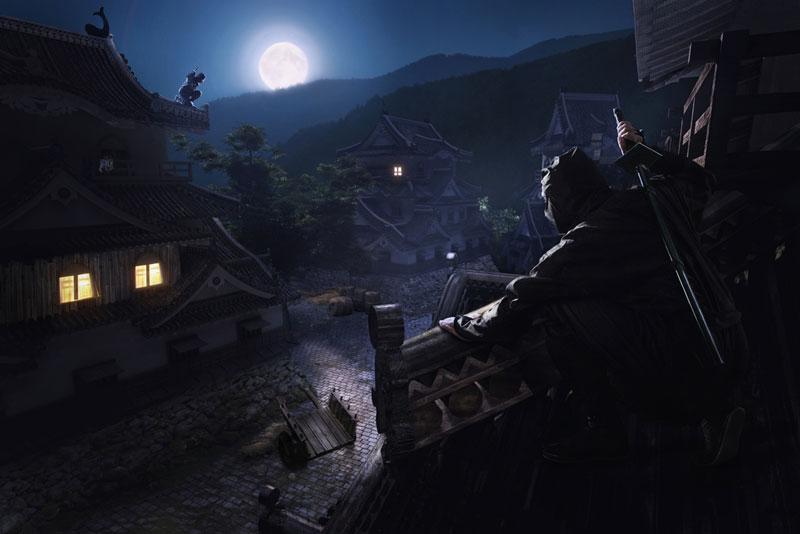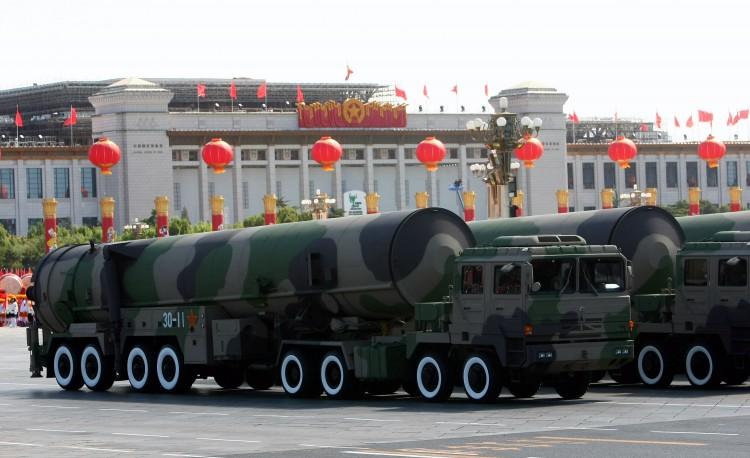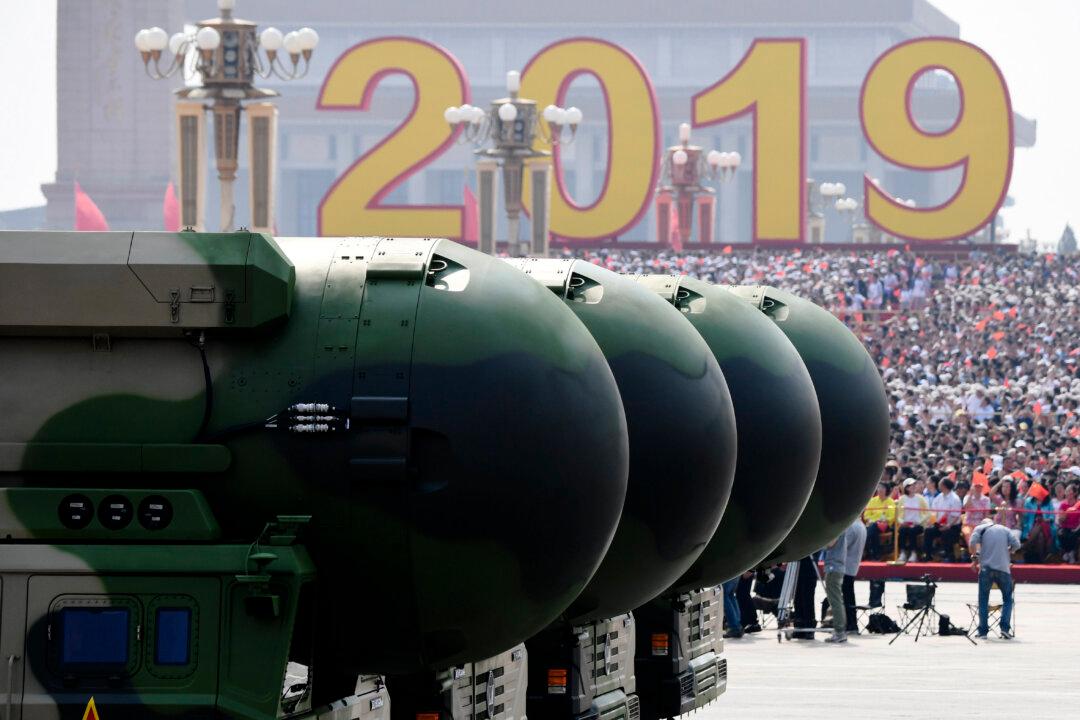The tales of Chinese assassins are of men whose extreme resolve and loyalty earned them a unique and influential place in Chinese history. Carrying out their fateful missions like one-man armies, these hardened fighters of the Middle Kingdom served a variety of masters with differing motivations.
In his compilations of over 2,000 years of Chinese history, the Han Dynasty scholar Sima Qian, also known simply as “the Grand Historian,” included a section called “The Assassins’ Chronicles” in his monumental work.
Presented below are the stories of three such individuals—a momma’s boy, a midget traitor, and an assassin so good he could kill without killing.
Nothing could be done to convince the usurper to step down voluntarily, so something more drastic had to be done.




